
She stopped in Cherbourg in France and Queenstown in Ireland
to pick up passengers, crew and supplies.





On April 10, 1866, the American Society for the Prevention of
Cruelty to Animals (ASPCA) was founded in New York City by philanthropist and diplomat Henry Bergh, 54.
In 1863, Bergh had been appointed by President Abraham
Lincoln to a diplomatic post at the Russian court of Czar
Alexander II. It was there that he was horrified to witness
work horses beaten by their peasant drivers.
On his way back to America, a June 1865 visit to the Royal
Society for the Prevention of Cruelty to Animals in London
awakened his determination to secure a charter not only to
incorporate the ASPCA but to exercise the power to arrest
and prosecute violators of the law.
http://aspca.org

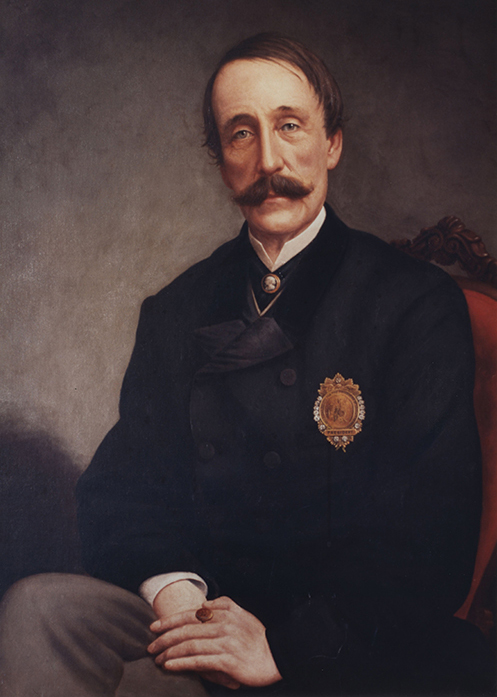
Henry Bergh (August 29, 1813 – March 12, 1888)


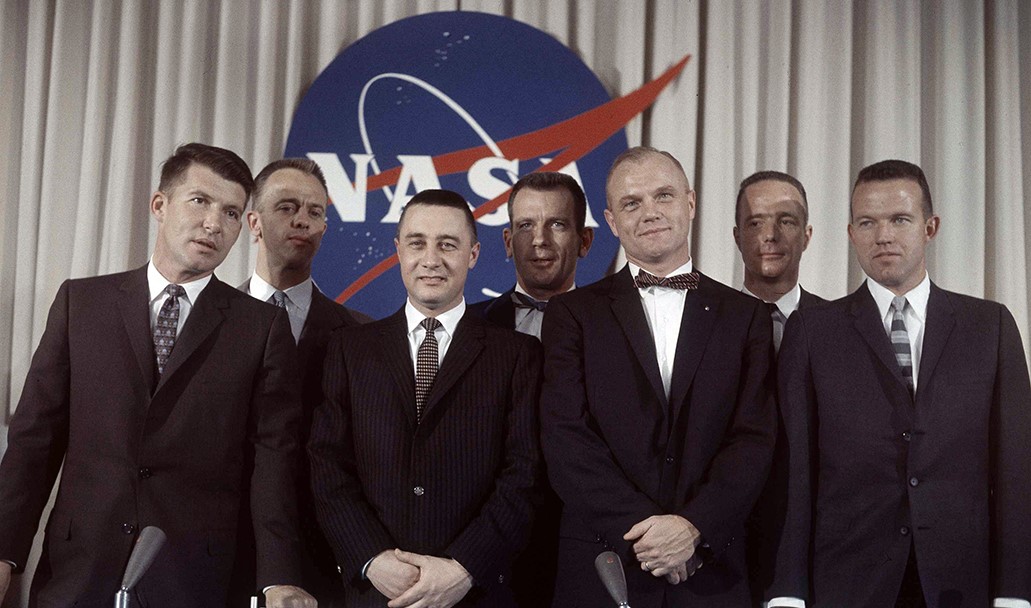
Walter M. Schirra, left, Alan B. Shepard, Virgil I. “Gus”
Grissom, Donald K. “Deke” Slayton, John H. Glenn, M.
Scott Carpenter, and L. Gordon Cooper.
On April 9, 1959, the National Aeronautics and Space
Administration (NASA) formally introduced America’s
first astronauts to the press: Scott Carpenter, L. Gordon
Cooper Jr., John H. Glenn Jr., Virgil “Gus” Grissom,
Walter Schirra Jr., Alan Shepard Jr. and Donald Slayton.
The seven men, all military test pilots, were carefully
selected from a group of 32 candidates to take part in
Project Mercury, America’s first manned space program.
NASA planned to begin manned orbital flights in 1961.
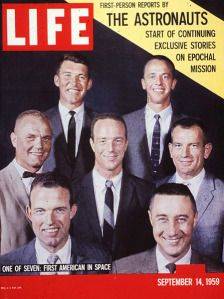



On April 9, 1942, Major General Edward P. King Jr. surrendered
at Bataan, Philippines, against General Douglas MacArthur’s
orders—and 78,000 troops (66,000 Filipinos and 12,000
Americans), the largest contingent of U.S. soldiers ever to
surrender, were taken captive by the Japanese.
The prisoners were at once led 55 miles from Mariveles, on
the southern end of the Bataan peninsula, to San Fernando,
on what became known as the “Bataan Death March.”
At least 600 Americans and 5,000 Filipinos died because of
the extreme brutality of their captors, who starved, beat and
kicked them on the way; those who became too weak to walk
were bayoneted.
Those who survived were taken by rail from San Fernando to
POW camps, where another 16,000 Filipinos and at least
1,000 Americans died from disease, mistreatment, and
starvation.
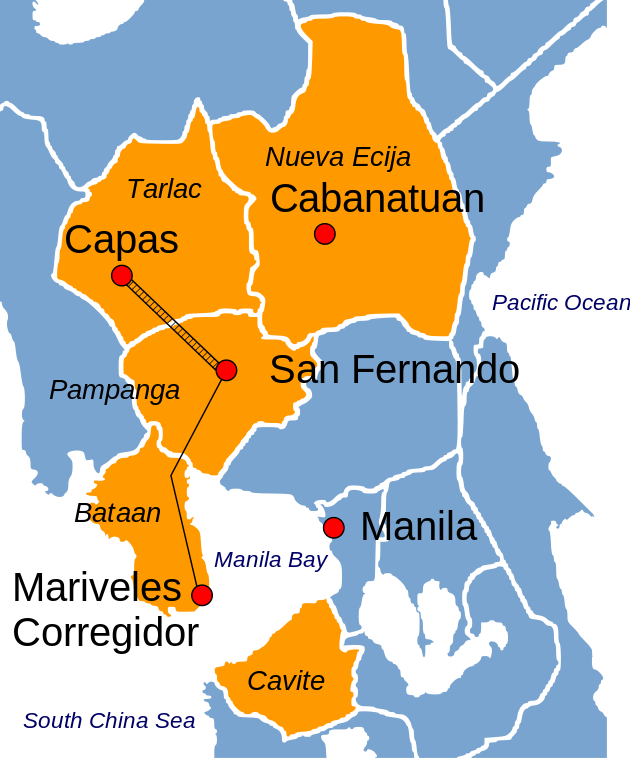

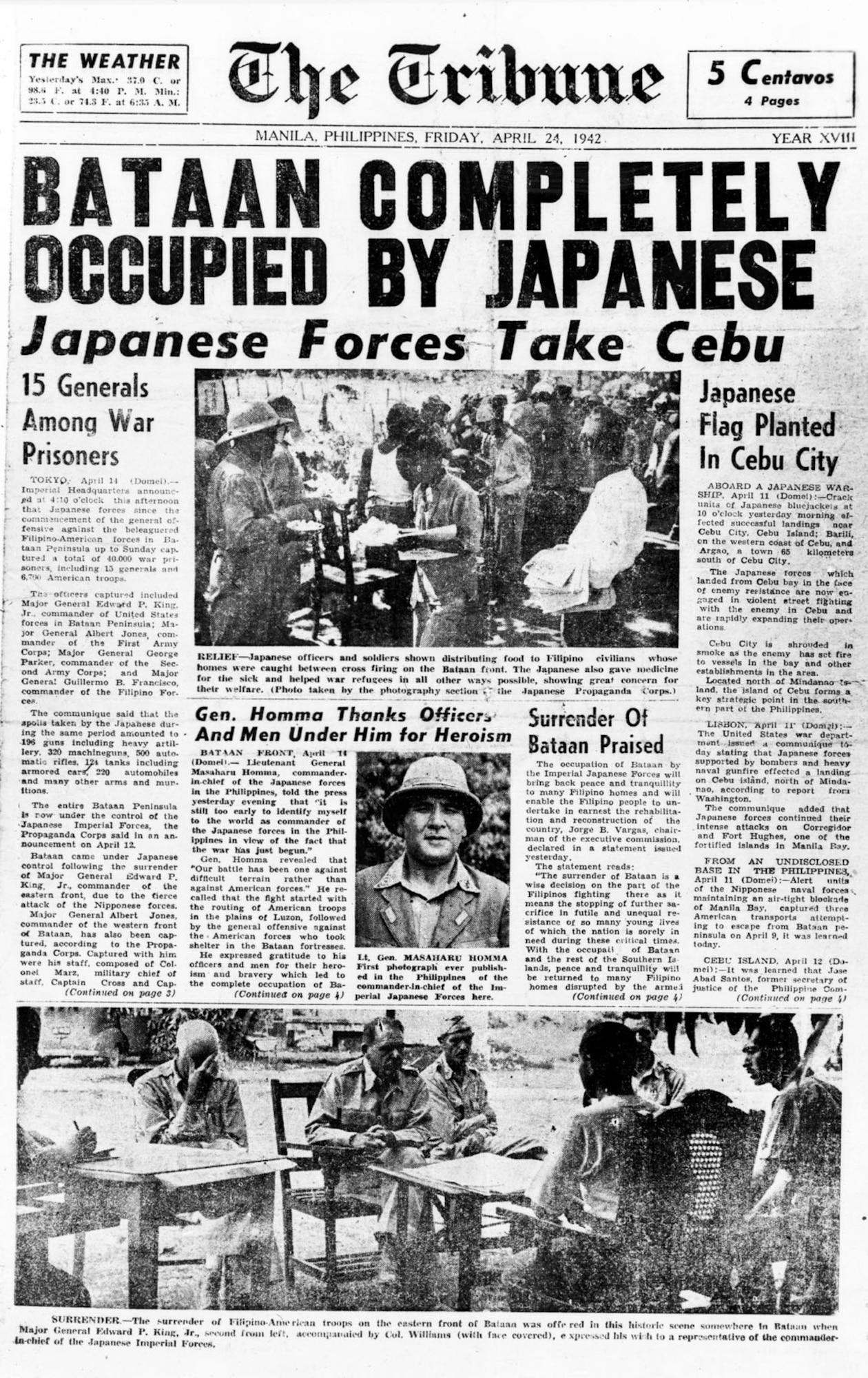


Prisoners photographed during the march. They have their hands tied behind their backs.

Bataan Death March Memorial featuring Filipino and
American soldiers at the Veterans Memorial Park in
Las Cruces, New Mexico.

On April 9, 1947, the Congress of Racial Equality (CORE) sent 16
Black and white activists on a bus ride through the American
South to test a recent Supreme Court decision striking down
segregation on interstate bus travel. The so-called Journey of Reconciliation, which lasted two weeks, was an important
precursor to the Freedom Rides of the 1960s.
